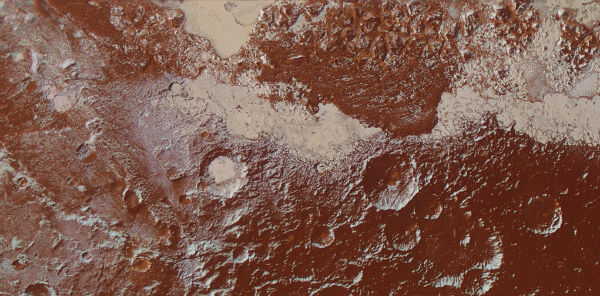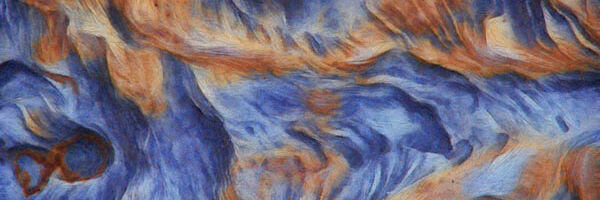Researchers from Imperial College London, working with the Beckley Foundation, have for the first time visualised the effects of LSD on the brain: In a series of experiments, scientists have gained a glimpse into how the psychedelic compound affects brain activity. The team administered LSD (Lysergic acid diethylamide) to 20 healthy volunteers in a specialist research centre and used various leading-edge and complementary brain scanning techniques to visualise how LSD alters the way the brain works.
The findings, published in Proceedings of the National Academy of Sciences (PNAS), reveal what happens in the brain when people experience the complex visual hallucinations that are often associated with LSD state. They also shed light on the brain changes that underlie the profound altered state of consciousness the drug can produce.
A major finding of the research is the discovery of what happens in the brain when people experience complex dreamlike hallucinations under LSD. Under normal conditions, information from our eyes is processed in a part of the brain at the back of the head called the visual cortex. However, when the volunteers took LSD, many additional brain areas – not just the visual cortex – contributed to visual processing.
Dr Robin Carhart-Harris, from the Department of Medicine at Imperial, who led the research, explained: “We observed brain changes under LSD that suggested our volunteers were ‘seeing with their eyes shut’ – albeit they were seeing things from their imagination rather than from the outside world. We saw that many more areas of the brain than normal were contributing to visual processing under LSD – even though the volunteers’ eyes were closed. Furthermore, the size of this effect correlated with volunteers’ ratings of complex, dreamlike visions.”
The study also revealed what happens in the brain when people report a fundamental change in the quality of their consciousness under LSD.
Dr Carhart-Harris explained: “Normally our brain consists of independent networks that perform separate specialised functions, such as vision, movement and hearing – as well as more complex things like attention. However, under LSD the separateness of these networks breaks down and instead you see a more integrated or unified brain.
“Our results suggest that this effect underlies the profound altered state of consciousness that people often describe during an LSD experience. It is also related to what people sometimes call ‘ego-dissolution’, which means the normal sense of self is broken down and replaced by a sense of reconnection with themselves, others and the natural world. This experience is sometimes framed in a religious or spiritual way – and seems to be associated with improvements in well-being after the drug’s effects have subsided.” [Continue reading…]
Amanda Feilding, executive director of the Beckley Foundation, in an address she will deliver to the Royal Society tomorrow, says: I think Albert Hoffman would have been delighted to have his “Problem child” celebrated at the Royal Society, as in his long lifetime the academic establishment never recognised his great contribution. But for the taboo surrounding this field, he would surely have won the Nobel Prize. That was the beginning of the modern psychedelic age, which has fundamentally changed society.
After the discovery of the effects of LSD, there was a burst of excitement in the medical and therapeutic worlds – over 1000 experimental and clinical studies were undertaken. Then, in the early 60s, LSD escaped from the labs and began to spread into the world at large. Fuelled by its transformational insights, a cultural evolution took place, whose effects are still felt today. It sparked a wave of interest in Eastern mysticism, healthy living, nurturing the environment, individual freedoms and new music and art among many other changes. Then the establishment panicked and turned to prohibition, partly motivated by American youth becoming disenchanted with fighting a war in far-off Vietnam.
Aghast at the global devastation caused by the war on drugs, I set up the Beckley Foundation in 1998. With the advent of brain imaging technology, I realised that one could correlate the subjective experience of altered states of consciousness, brought about by psychedelic substances, with empirical findings. I realised that only through the very best science investigating how psychedelics work in the brain could one overcome the misplaced taboo which had transformed them from the food of the gods to the work of the devil. [Continue reading…]
Just to be clear, as valuable as this research is, it is an exercise in map-making. The map should never be confused with the territory.







